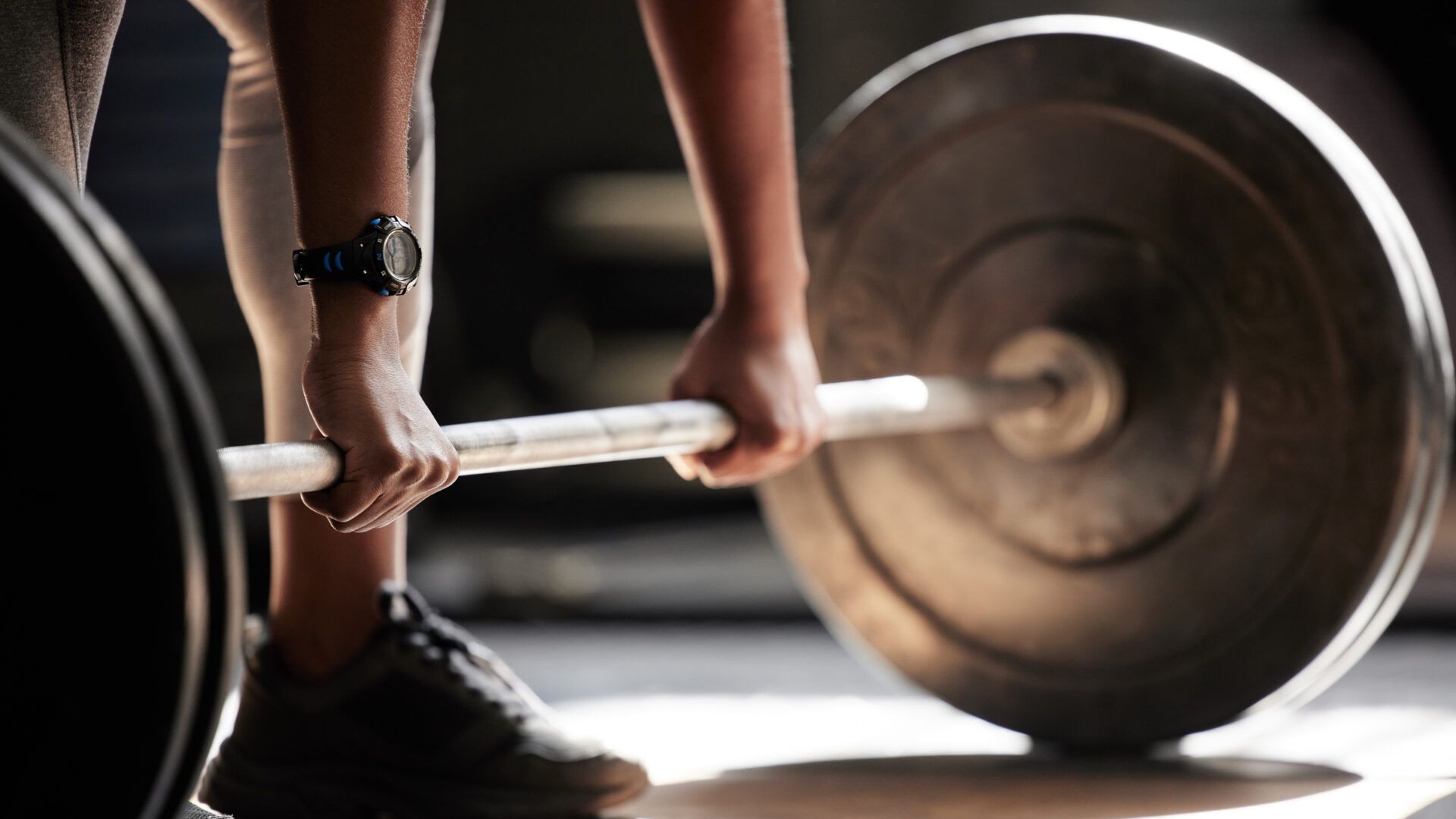Oh, what a wonderful feeling it is when, after a quality workout, you leave the gym and feel that your muscles are plump and swollen so much that it seems as if silicone was pumped into them. All true hardware patriots love this feeling… But what to do if lately you have begun to experience this unforgettable feeling less and less often? How to regain this little joy of life?
The goal of our program is to pump up the muscles so that the skin cracks and the veins swell. Do this and we bet that within a month you will have to completely change your wardrobe – your volume will increase by at least one size.
PUMPING PRINCIPLES
Our program uses four scientifically proven and laboratory-tested techniques, the goal of which is to fill your muscles with blood to capacity so that they literally pulsate. Don’t be scared! We will try to present everything as simply as possible.
The first technique is the simplest: bomb only one muscle group in each workout. Many people will ask, what about inflating all the muscles at once? It would be wonderful, but, alas, this is absolutely unrealistic, unless, of course, you are seriously addicted to hallucinogens. Only by concentrating all your efforts on one single muscle group is it possible to fill it with blood to capacity.
TRAINING “ON THE LIMIT”
We offer you examples of workouts for the main muscle groups. You can replace the exercises and use our template to create your own “beyond the possible” workout.
» Perform 2-3 trisets and 2 giant sets in each workout.
» Rest between exercises in giant sets and trisets takes just enough time to move on to the next machine.
“ Perform the third exercise of each triset with a lighter weight than at the beginning of the triset (in the first exercise in the triset)
“Bathing in lactic acid .” This is the name of the second step of our shock therapy. Sounds strange and wild? Don’t be alarmed, this is about storing as much lactic acid in your muscles as possible. Of course, it hurts, but at the same time, it is the high concentration of lactic acid in the muscles that provokes a powerful release of growth hormone.
How to implement this technique in practice? It’s very simple – don’t let your muscles fully recover between sets, don’t stop a set even when your muscles are burning unbearably. That is why we introduced trisets (a series of three exercises for one muscle group, performed one after another without a break) and giant sets (four or more exercises for one muscle group, performed in a continuous series) into the program. Thanks to these “long-lasting” series, the burning sensation in the muscles will be simply unbearable, but you should not stop. Overcome the pain, continue to work.
The third technique is to use two principles of increasing the intensity of training at once, which are usually never used together – pre-exhaustion and superload. In our program, this is implemented like this: an isolating exercise (which isolates the load on the target muscle as much as possible) is performed both before and after the basic exercise (which actively engages not only the target, but also auxiliary muscles). In each triset, the first exercise is isolating, the second is basic, and the third is again isolating. As a rule, the auxiliary muscles are much smaller and weaker than the target muscles, so when performing a basic exercise, the auxiliary muscles get tired and reach “failure” much earlier, and you are no longer able to continue the exercise. This means that there is a threat that you will not be able to “pull” the target muscles to failure. To prevent this, the principle of pre-fatigue is applied.
By starting a triset with an isolation exercise (where the work of the auxiliary muscles is reduced to almost zero), we slightly “tire” the target muscles and thus equalize their strength with the auxiliary muscles in the basic exercise. Performing an isolated exercise at the end of a triset (superload principle) will completely exhaust the target muscles.
An example of a triset for the chest muscles; We perform dumbbell presses on an incline bench (basic) between exercises in the Peck-Deck simulator (isolating). Be sure to reduce the weight of the load once you have completed the press and return to the information. Better increase the number of repetitions.
Finally, the final technique is slow tempo, which is applied to giant sets. Perform each repetition very slowly: 4-5 seconds to lift and the same amount to lower the weight, i.e. 8-10 seconds per repetition. And finally, in each exercise, select the weight so that it is guaranteed to bring the muscles to failure within a given interval of repetitions, no earlier and no later.
CHEST
Triset
Peck-Deck Dash – 10-12 reps
Incline Dumbbell Press – 8-10 reps
Peck-Deck Dash – 12-15 reps
Giant Set
Dumbbell Bench Press – 8-10 reps
Dumbbell Bench Press with a downward slope – 8-10 repetitions
Dumbbell flyes on a bench with an upward slope – 8-10 repetitions
Push-ups – to failure
BACK
Triset
Pullover in a block machine – 10-12 repetitions
Bent-over barbell row – 8-10 repetitions
Pullover in a block machine – 12 -15 reps
Giant set
Wide grip pull-ups – 8-10 reps
Horizontal rows – 8-10 reps
Underhand grip pull-ups – 8-10 reps
Dumbbell bench pullover – 8-10 reps
SHOULDER
Triset
Standing dumbbell flyes – 10-12 reps
Seated barbell press – 8-10 reps
Standing dumbbell flyes – 12-15 reps
Giant set
Seated Smith machine press – 8-10 reps
Seated dumbbell
press – 8-10 reps EZ-bar chin row – 8-10 reps
Bent-over Dumbbell Flyes – 8-10 reps
TRICEPS
Triset
Cable Handle Bent Press – 10-12 reps
French EZ Bar Bench Press – 8-10 reps
Cable Handle Bent Press – 12-15 reps
Giant Set
Press lying down with a close grip – 8-10 repetitions
Bent press with a prima handle – 10-12 repetitions
Arm extensions with a dumbbell from behind the head while sitting – 8-10 repetitions
Bent-over arm extensions with dumbbells – 8-10 reps
BICEPS
Triset
Biceps curls in a block machine – 10-12 reps
Standing barbell curl for biceps – 8-10 reps
Block curl for biceps – 12-15 reps
Giant set
Standing EZ-barbell curl for biceps – 8-10 reps
Dumbbell curl for biceps while sitting on an incline bench up – 8-10 reps
Hammer – 8-10 reps
Concentrated dumbbell curl – 8-10 reps
CHEST
Triset
Seated leg extensions – 10-12 reps
Hack squats – 8-10 reps
Seated leg extensions – 12-15 reps
Giant set
Squats with a barbell – 8-10 repetitions
Leg press – 8-10 repetitions
Lunges with a barbell or dumbbells – 8-10 repetitions
Sizy squats – 8-10 repetitions
(squats with a fully straightened torso, only the knees bend, you can hold onto the support with your hands)
TIPS
Our training program can be used in two ways: 1) “Torment” all muscles using this system. 2) “Bomb” one muscle group (for example, a lagging one), and train all the rest as usual.
Having scrolled through the program once on all muscles, you can repeat it 1-2 more times, no more. Long-term use of the program (more than 3 weeks) will inevitably lead to overtraining. If you “bomb” only 1-2 muscle groups with our system, the period of “attack” can be extended to 4-5 weeks.
Once you’ve abused a muscle with our wild workout, don’t overload it for a whole week. After training, be sure to drink a high-impact protein-carbohydrate shake, which should contain 80-100 grams of simple carbohydrates and 40-50 grams of quickly digestible (whey) protein.







